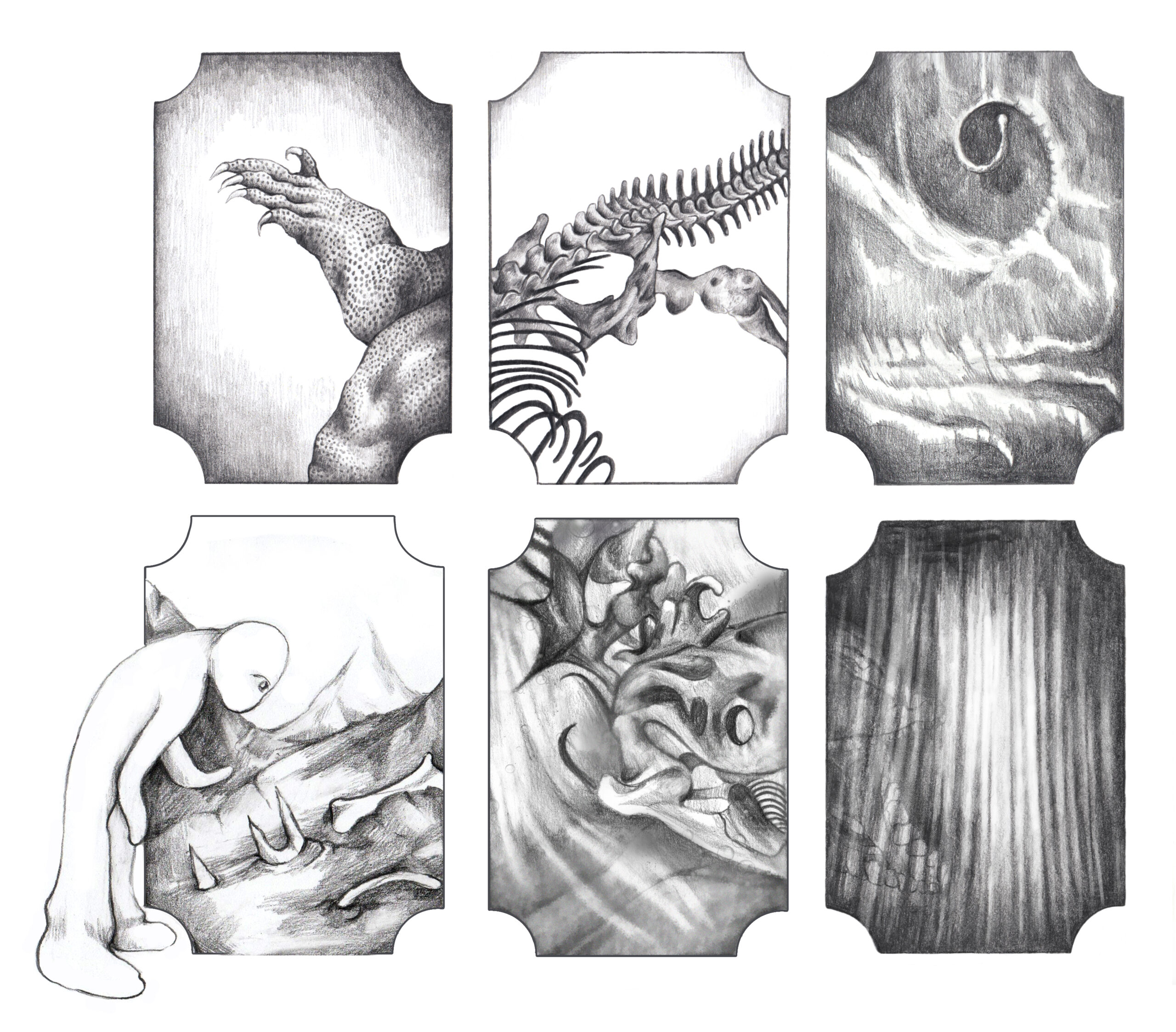
For art writers or magazine publishers, language is a day-to-day business. We use it to describe and mediate artists’ works, find new ways to formulate ideas or argue over clichéd art vocabulary. In this issue, we look at the relationship between language and art from a multitude of perspectives. An interview with curator Cecilia Alemani, who recently visited Tallinn, focuses on the role text plays in her curatorial approach and her views on writing and literature in general. While Alemani highlights some of her favourite contemporary and historical artists who have engaged with language, Vilnius-based artist Ieva Rojute’s contribution brings together text and visual language, which takes everyday folklore as a starting point.
Meanwhile, performance artist and writer Gregor Kulla read McKenzie Wark’s book Raving (2023) and had a chance to talk to the author and discuss the role of language in shaping identities and as a tool of power. In the short Q&A, curator and museum director Kadi Polli talks about the decision to use four different languages that are or have been spoken in what is now known as Estonia at the new permanent exhibition at Kumu Art Museum. Keiu Krikmann’s article stems from her experience as a translator who primarily focuses on translating art texts between Estonian and English. What is the role of English in shaping the development of a small nation’s art discourse? Is the influence of the English language only connected to the desire to orientate one’s art scene towards the centre?
Sometimes, the particular language that is used in the art world also needs to function in other contexts; for example, when it lands on a politician’s table. In this context, four art organisations from Estonia, Latvia and Lithuania share how they have been fighting for art workers’ rights and what goals they deem achievable in the near future. The words they use to pass information about artists’ struggles to the general public play an important role here.
As always, the issue ends with a short guide covering art events in Estonia and beyond for autumn and winter 2023/2024. It includes numerous exhibitions that focus on bringing artists from the Baltics together to create a shared narrative, although these stories may initially have been told in different languages. Sometimes, exhibitions like these aim to introduce Estonian, Latvian, and Lithuanian artists outside the region, but sometimes, the mediation process is aimed internally to point to the common histories and knowledge that we sometimes didn't even know we shared.